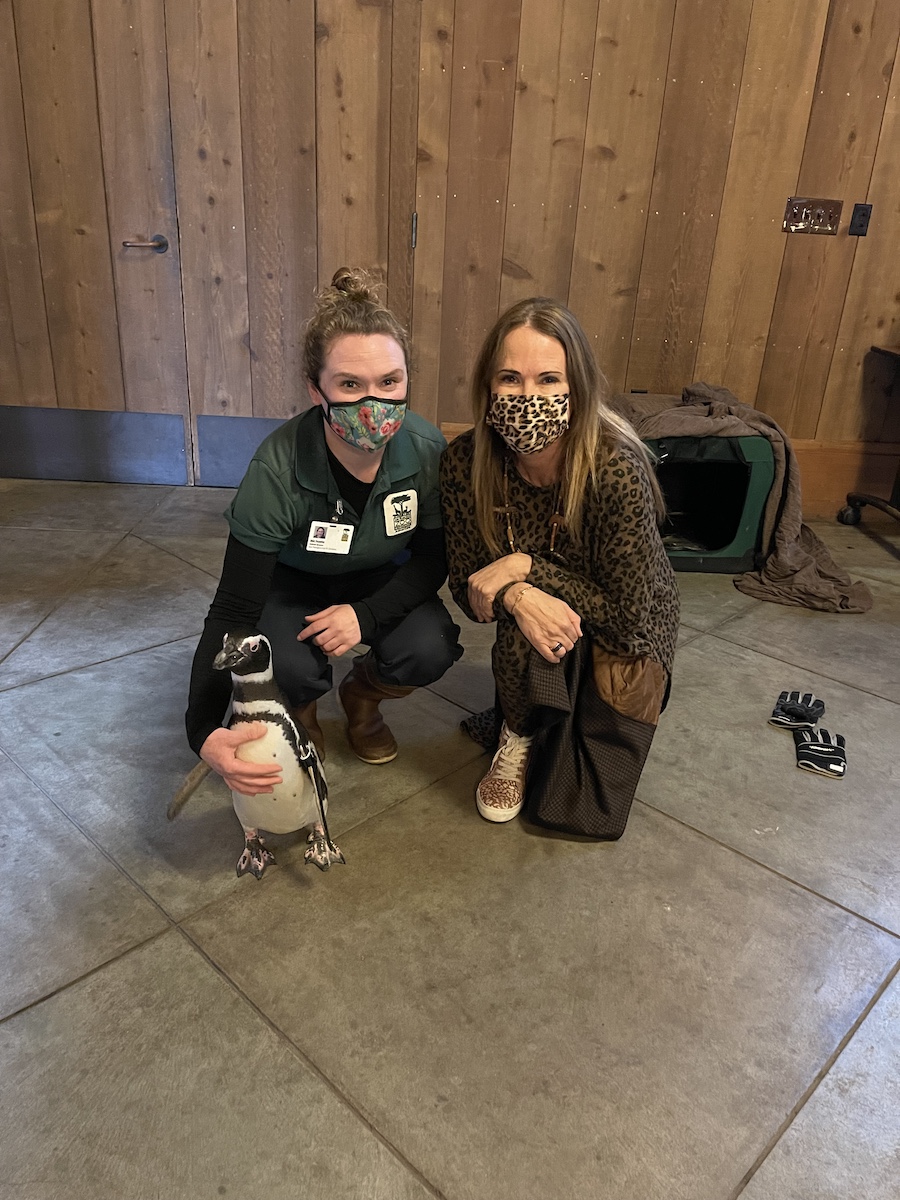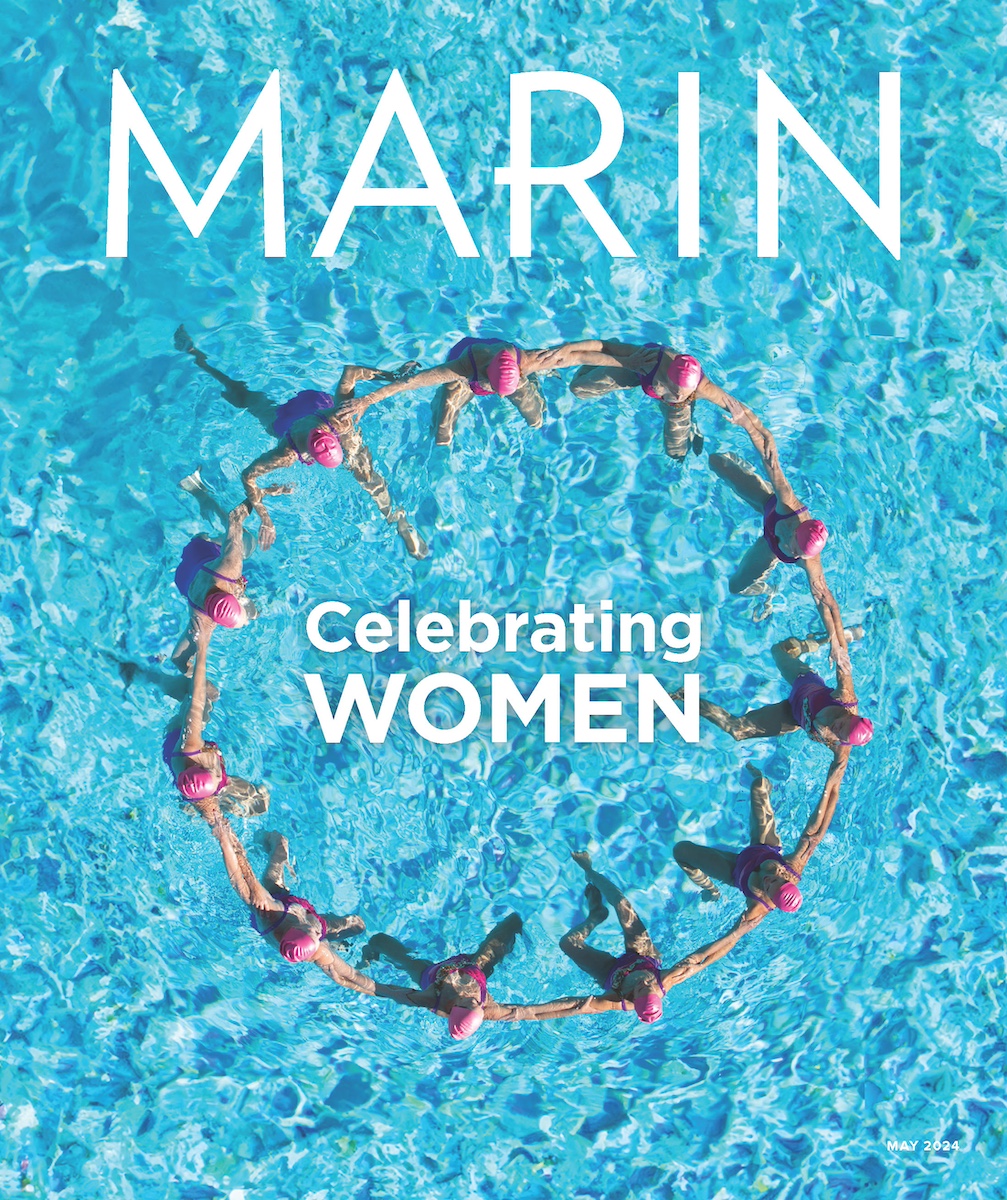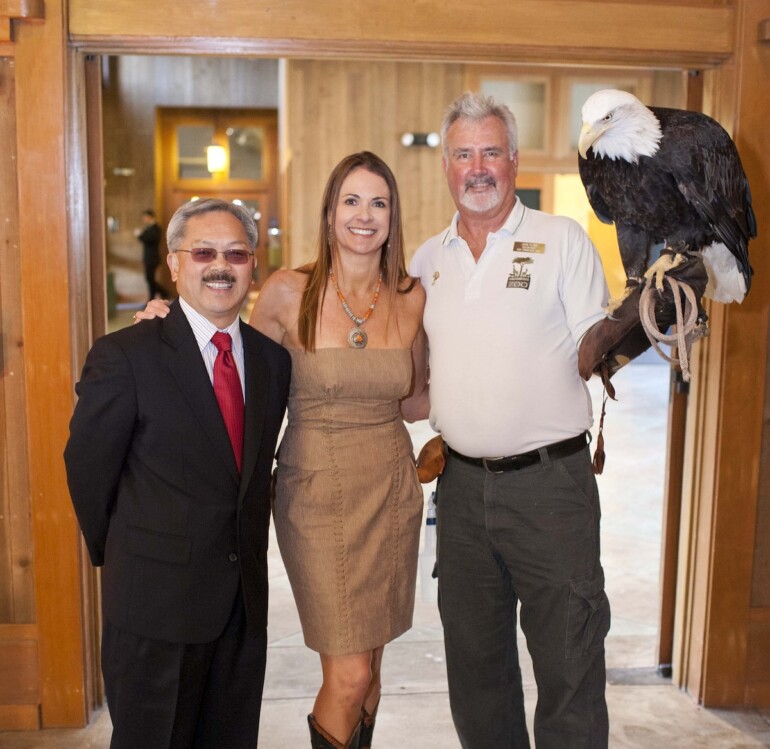As the CEO and executive director of the San Francisco Zoo & Gardens, Tanya McVeigh Peterson, J.D., typically welcomes 800,000 visitors a year who come to see the zoo’s many amphibian, bird, invertebrate, mammal and reptile residents; lush gardens; and historic 1921 Dentzel Carousel and 1904 Little Puffer steam train. It’s a job McVeigh Peterson finds immensely rewarding, but it isn’t always easy. Early in her 15-year tenure, McVeigh Peterson saw the zoo through a dark period in 2007 after a Siberian tiger escaped from its habitat and killed one visitor and injured two others. And, there are plenty of challenges that come along with managing the zoo’s unique operating and financial structure. Here, McVeigh Peterson tells us about how she came to work at the zoo, the zoo’s conservation efforts and what lies ahead for the beloved local institution whose San Francisco roots date back to 1866.
Tell us a little bit about your background. You studied law, correct?
Yes, following my clerkship with a federal judge, I initially practiced at the law firm of Gibson, Dunn & Crutcher and then became in-house counsel at Hewlett-Packard (HP).
How did you come to start working at the San Francisco Zoo & Gardens?
I first volunteered my time, joining the board of trustees and assuming leadership positions on the board over time.
When did you take on the role of CEO? It was during a time of crisis, correct?
Following a tragedy involving the zoo’s Siberian tiger on Christmas Day, 2007, I was asked by the zoo’s board of directors to assume the role of interim zoo CEO. At the time, I was vice chair of the board but also still in-house counsel at HP, where I had been exposed to both crisis and legal management. Because of that experience, I became so committed to the zoo’s mission that I assumed the role permanently.
How did the zoo respond to the tragedy?
Obviously, physical changes were made to the habitat to restore the public’s confidence, including increasing the height of the moat’s exterior wall. But almost as important, a campaign to teach visitors how to respect wild and zoo animals followed.
How does your legal background help you today in your role at the San Francisco Zoo?
Although its mission is relatively straightforward, the zoo’s management and funding is more complex. The San Francisco Zoo sits on land owned by the City and County of San Francisco but is managed by a nonprofit institution via a “private-public” partnership. Some folks say that just reading the partnership agreement requires a law degree!
What is a typical workday like for you?
As you can imagine, there is no “typical” day at a zoo. My favorite days, however, are showing visitors the wonders of our zoological park.
What’s special about the San Francisco Zoo?
It’s one of the few zoos adjacent to a coast (with views of the Farallon Islands on a clear day!) that also maintains a parklike setting. We’re often complimented on our gardens, which intentionally reflect the conservation zones of our animal habitats.
What challenges does the zoo face today?
While not unique to the San Francisco Zoo, the higher cost of living in the Bay Area impacts both family visitation and employee retention rates. This dynamic recently led to lengthy and complex labor negotiations in the Bay Area, including here at the zoo between management and the Teamsters Union that represents a majority of zoo employees. More unique, however, is the frequent closures of the adjacent Great Highway for sand removal and recreational use, which makes access to the Zoo problematic.

The zoo shut down during the pandemic; how did that affect the animals?
We’re convinced the animals missed the social dynamic provided by our visitors. For example, during the pandemic, when I was only one of only a few people on the grounds, the animals were very interested in my movements, and our female orangutan would even make a gesture that resembled a human “blowing a kiss” to me!
What do you say to people who want to do away with zoos all together?
I believe we have a common interest in protecting animals, and at the San Francisco Zoo, we also have a focus on saving species. Indeed, 14 of the species in our care have been listed as “critically endangered,” meaning that their species will not survive in the wild without human intervention. In other words, zoos like ours have become sanctuaries of safety for these species.
Tell us about the zoo’s conservation efforts.
Conservation is a pillar of the zoo’s mission statement, and we embrace conservation in everything we do, from saving animal species, both locally and globally, to embracing “change” in human behavior. In fact, in 2023, the San Francisco Zoo received the San Francisco Chamber of Commerce’s Excellence in Business (Ebbie) Award for conservation in recycling and waste management.
What is your favorite animal or exhibit?
I truly enjoy all of the zoo’s animals and appreciate each animal’s role in biodiversity, from our multicolored tarantulas to our spectacular snow leopard. In terms of the zoo’s exhibits, each one also has a unique beauty and purpose, but like many San Francisco Zoo visitors, I agree that our African Savannah is one of the best in the country.
Any future projects at the zoo you can tell us about?
I’m very excited about our plans to expand the zoo’s Madagascar Center, which will be home to four critically endangered lemurs, as well as other vulnerable species unique to the island. It will also feature a three-story baobab tree with ocean views and live insects. We also recently expanded our Asian conservation efforts with the arrival of Mongolian horses that were once extinct in the wild.
What is the most rewarding part of your job?
When our zoo can heal, either by providing a home to an animal or hope to a human, I’m rewarded and humbled. On those days, it’s no longer a job but a privilege.
Fast facts: San Francisco Zoo & Gardens
# of acres: Nearly 100 acres
# of exhibits: Nearly 40 exhibits
# of species: 200 species (although not all are viewable by the public)
# of animals: 2,000 (although not all are viewable by the public)
# of annual visitors: ~800,000


